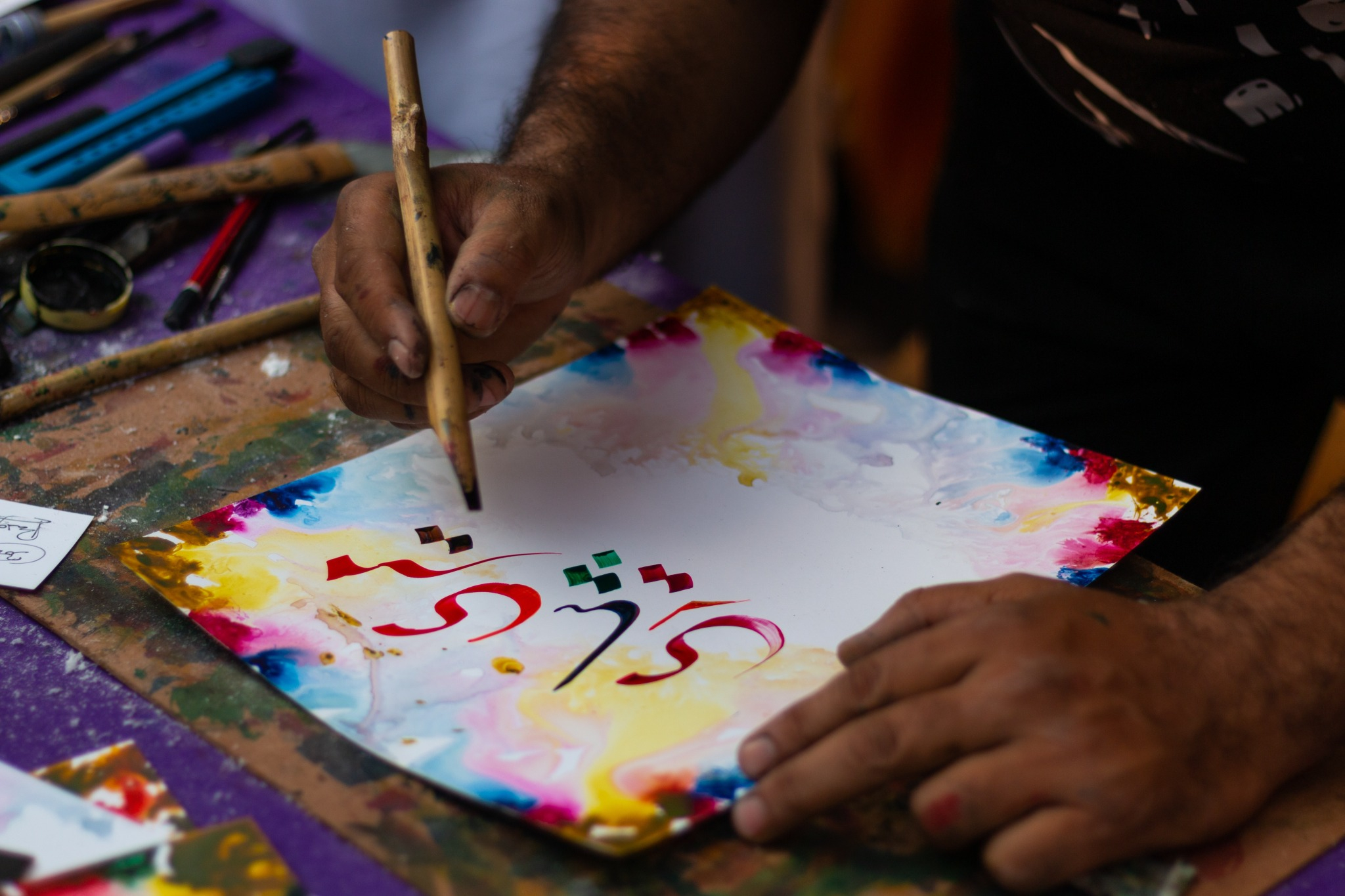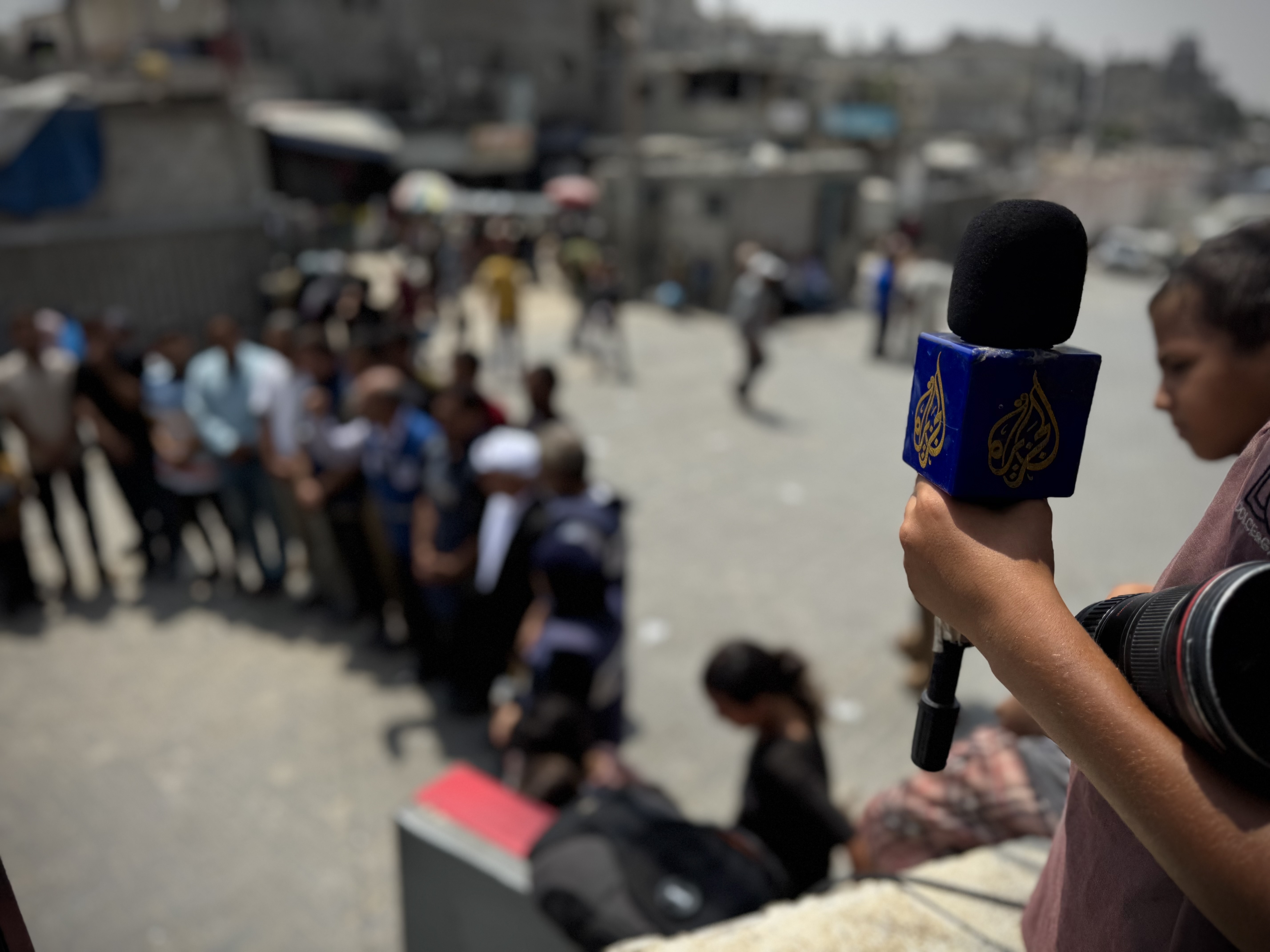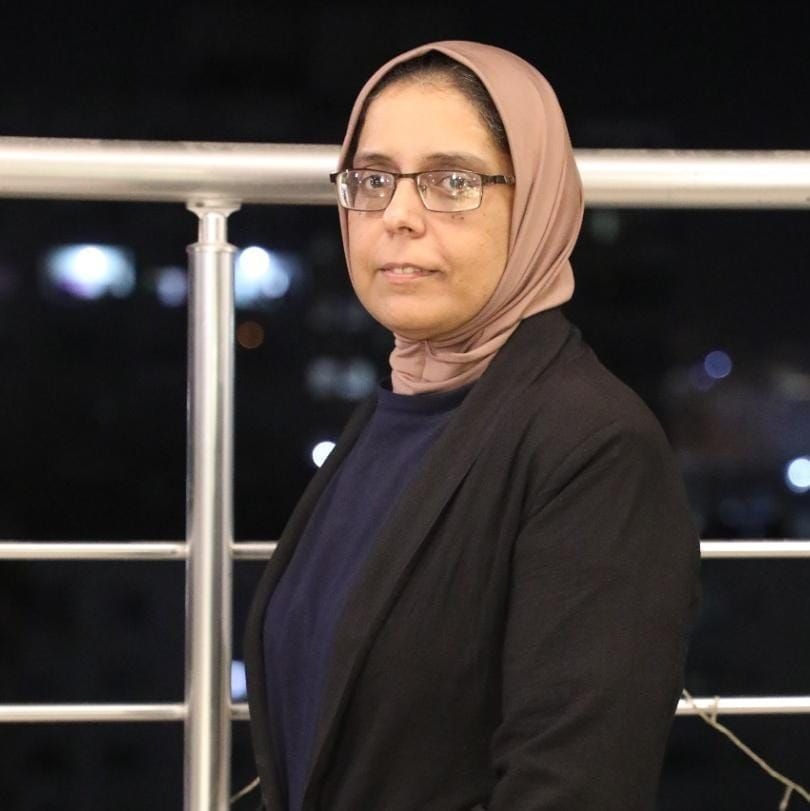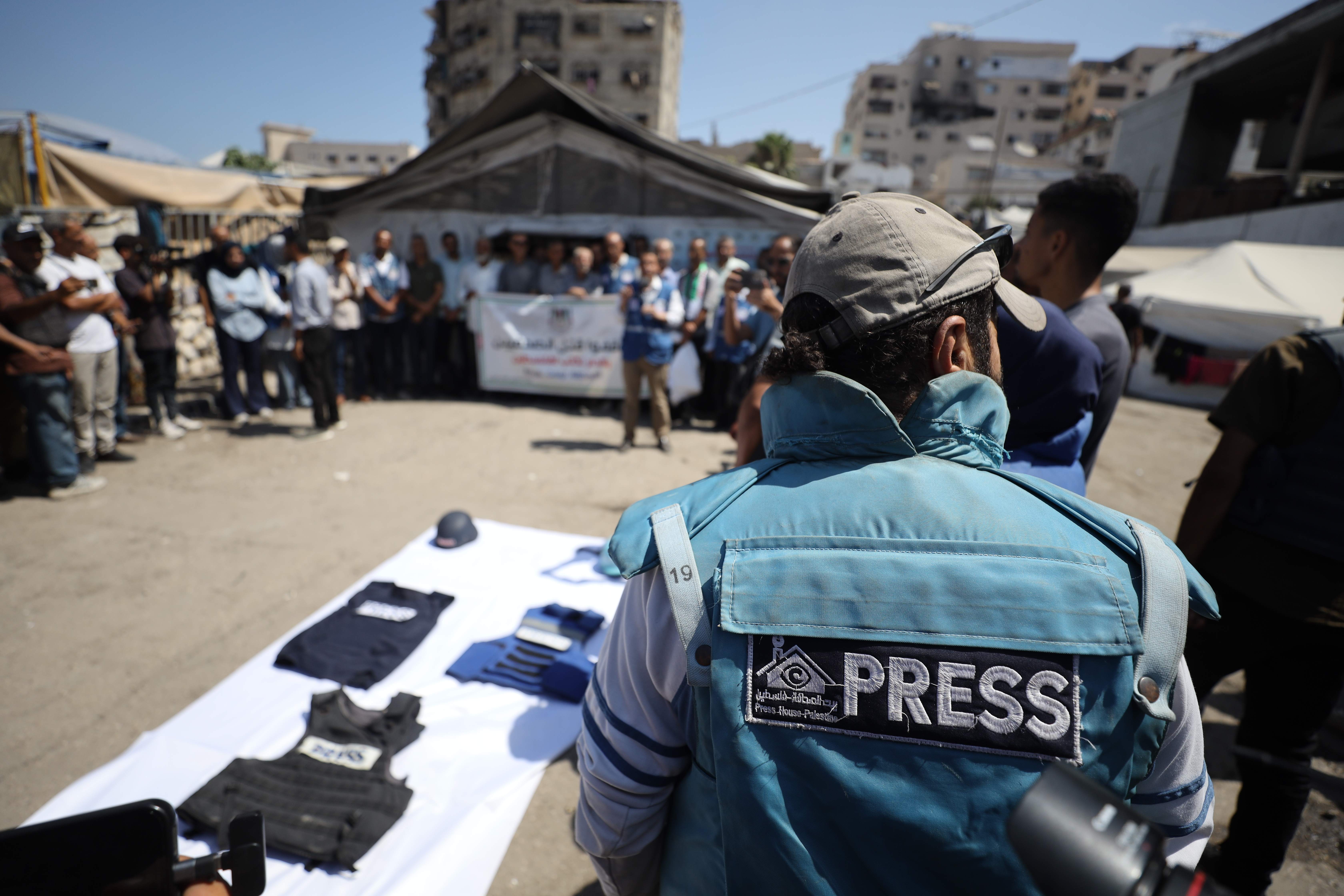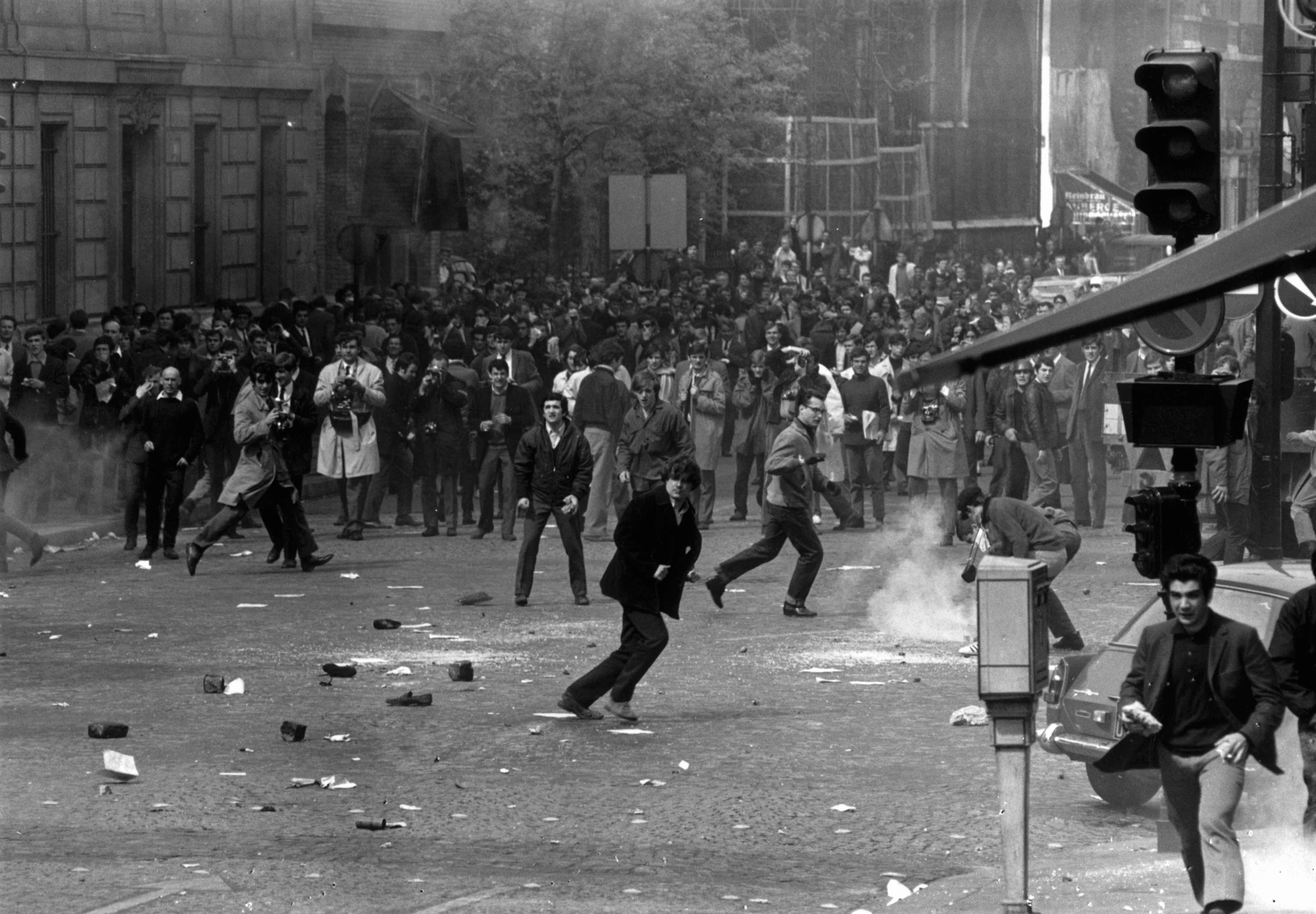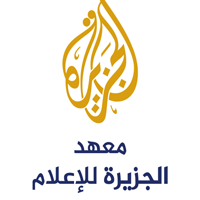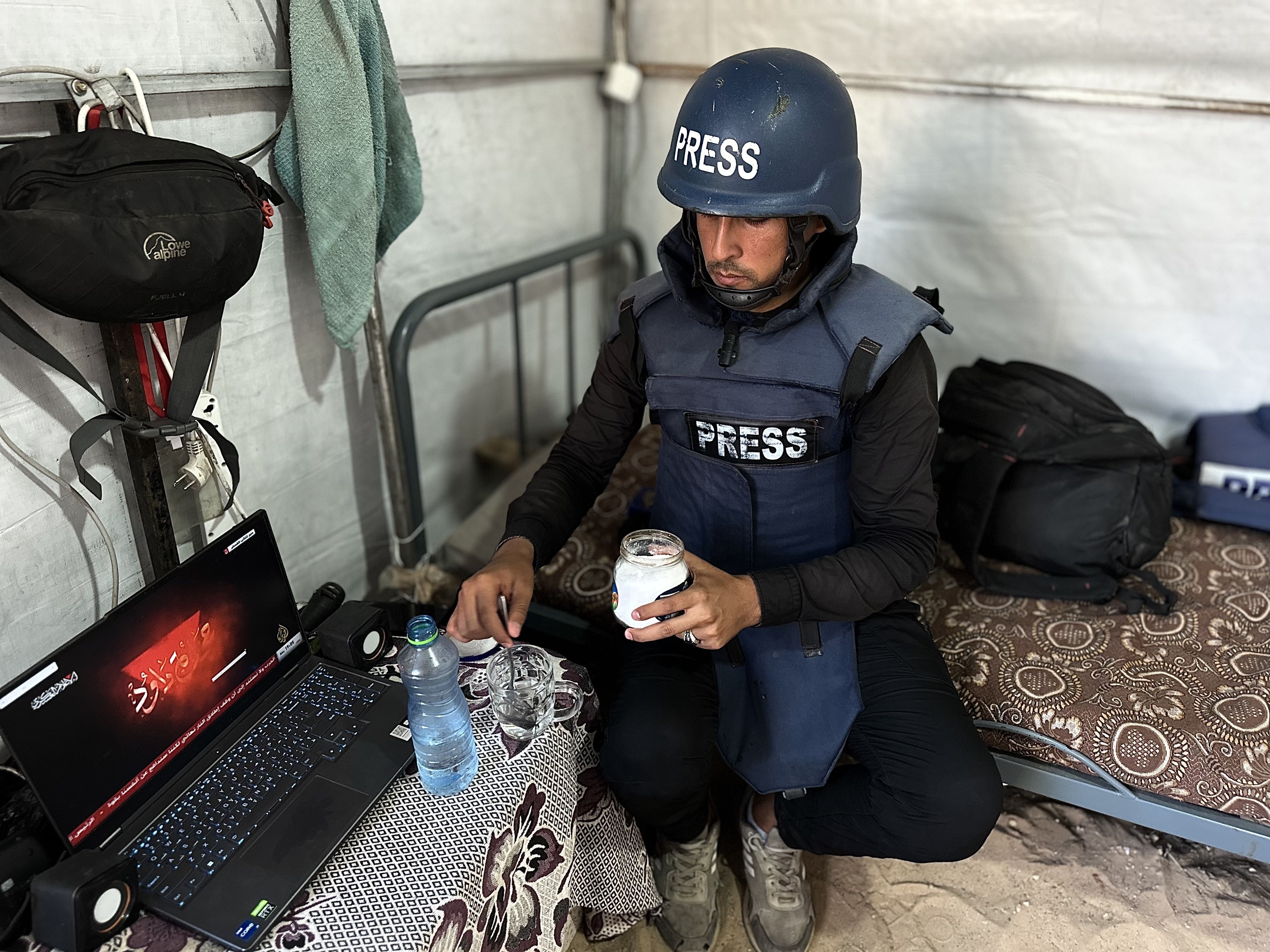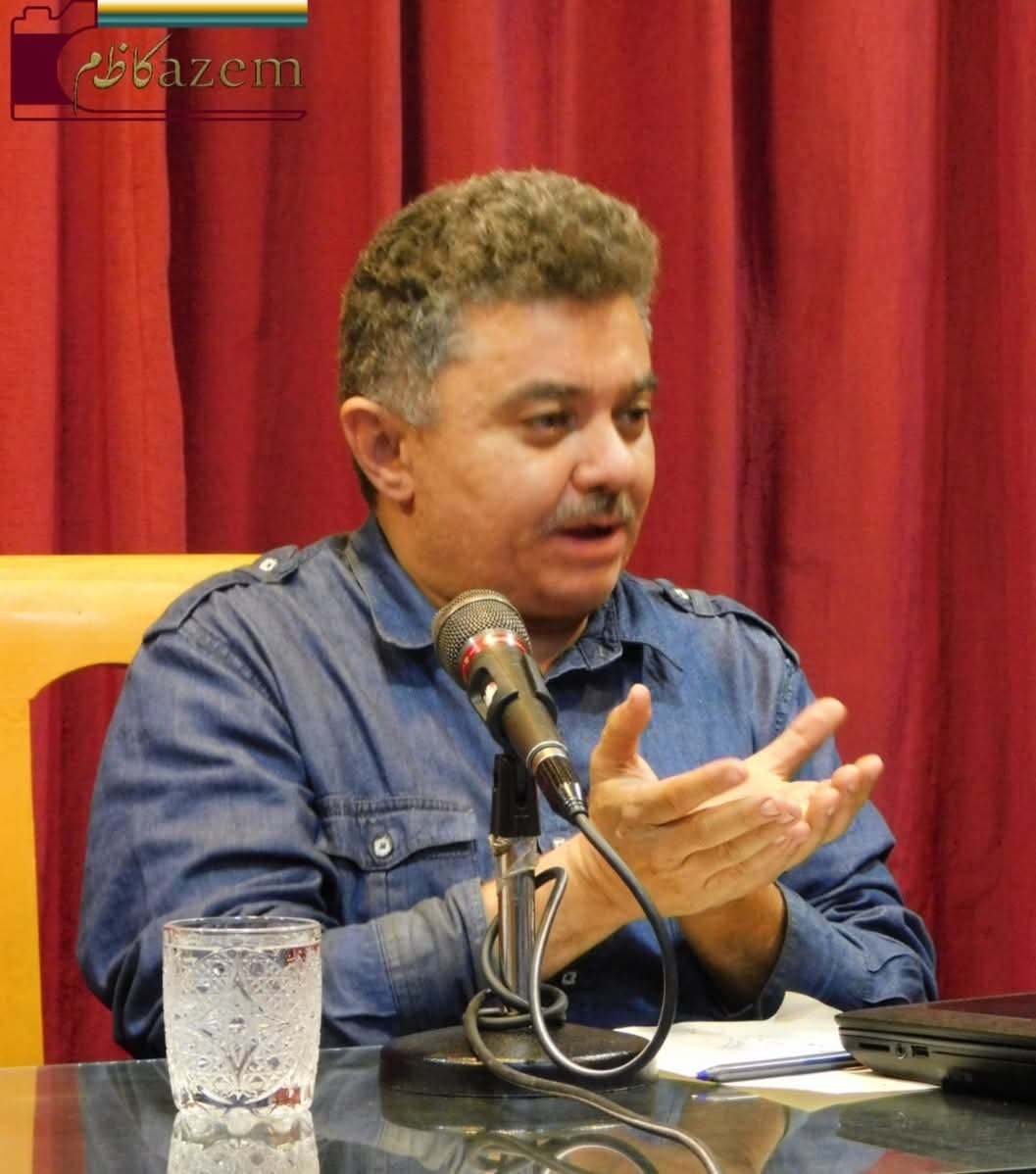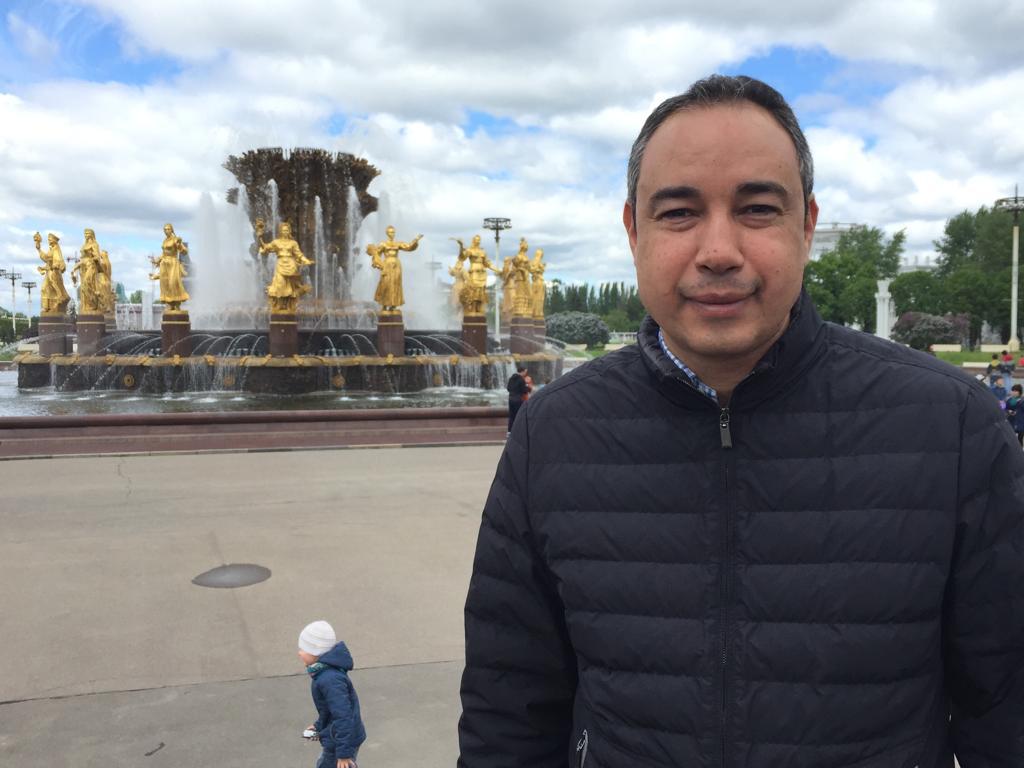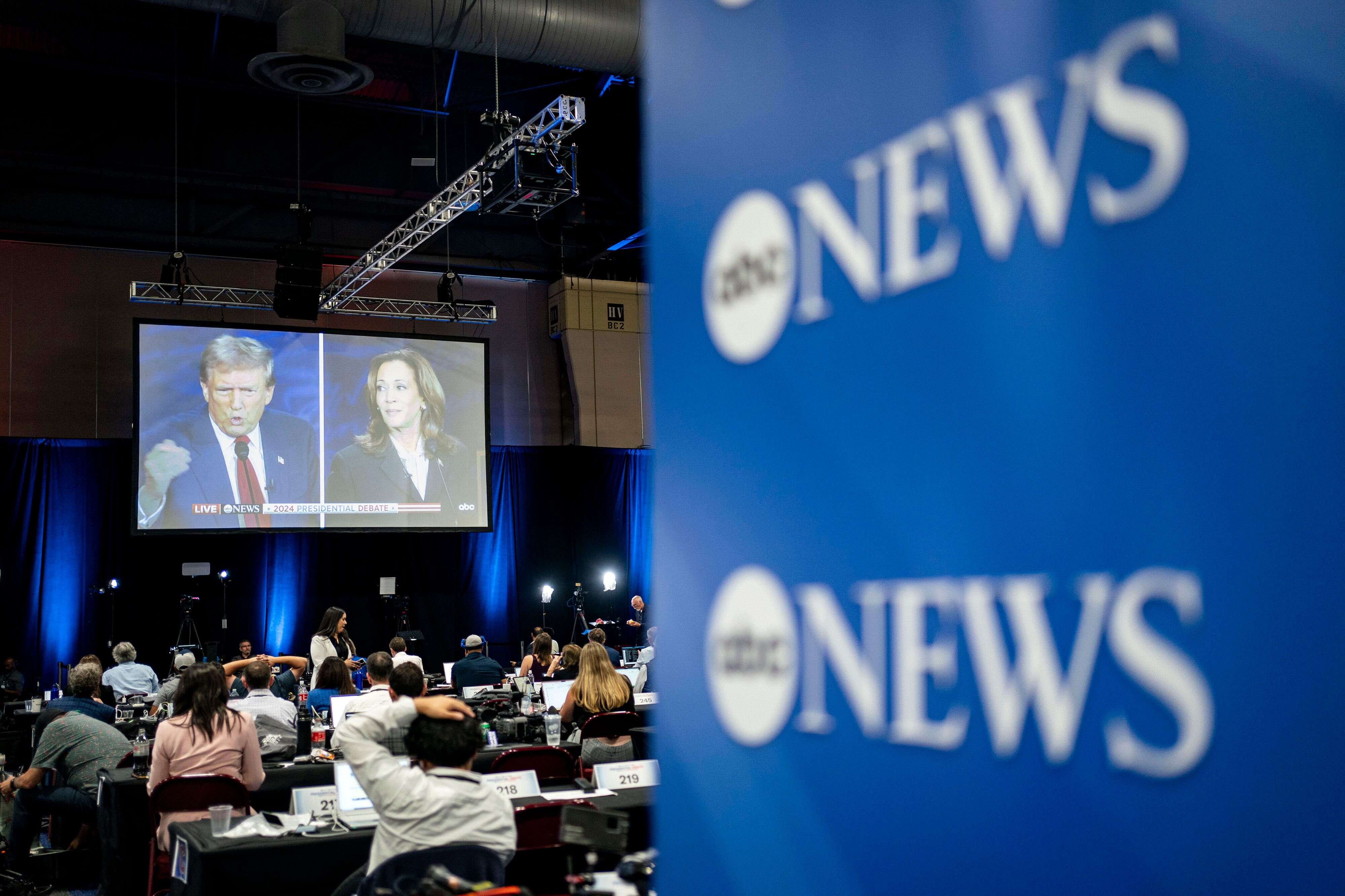With a 200-year history, Urdu newspapers in India are now facing a silent death; trapped in a cycle of decline where circulation has fallen by nearly 25%, advertising is absent, and government support is scarce. What vanishes is more than print: it is the erosion of a cultural and political lifeline that once bound Hindus, Muslims, and Sikhs in common debates and carried the voices of the marginalised into India’s public sphere.
Urdu newspapers, once a vital part of public life in North India, are disappearing from newsstands in the country.
For generations, papers like Roznama Rashtriya Sahara, Akhbar-e-Mashriq, Nai Subah and dozens of smaller organisations carried the news and opinions of a community that often found itself on the margins of mainstream media. Today, many of those publications have either shut down or struggle to survive as revenues decline, readership habits shift online, and political pressures weigh heavily on minority-led journalism.
Recent industry data show a sharp fall in Urdu print newspaper circulation. Estimates suggest that Urdu press circulation dropped by around 25 percent from 2018 to 2022. By contrast, overall newspaper circulation in India grew slightly during this period.
Editors say that while Hindi and English dailies continue to attract advertising and government patronage, Urdu outlets are left scrambling for survival.
“The fact is that Urdu newspapers do not get commercial ads. Companies don’t give us advertisements, whatever the reason may be,” said Abdul Khaliq Ehsani, editor of Pindaar, a Patna-based daily with a claimed circulation of about 92,000. “Only those newspapers which have government advertisements can flourish; otherwise, there is no scope.”
The loss is seen as more than the disappearance of a language on the printed page. Experts say it is the erosion of a cultural and political lifeline that once connected millions, particularly among India’s 200 million Muslims, but also across a broader readership that included Hindus, Sikhs and others.
The decline has raised alarm among journalists and scholars who see Urdu journalism as more than a niche medium. For nearly two centuries, Urdu papers documented India’s political and cultural life, from the anti-colonial struggles of the 19th century to debates on democracy and communal violence in the 20th. They were read not just by Muslims but also by Hindus, Sikhs and others in cities such as Delhi, Lucknow, Patna, Hyderabad and Kolkata, where Urdu was once a shared lingua franca.
“Urdu journalism is unfortunately now being associated only with Muslims. That costs it dearly,” said Umar Ashraf, editor of Heritage Times and a researcher on Urdu traditions. “The first Urdu newspaper was published by a Hindu. Sikhs, Hindus and Muslims were all part of it. But after the 1940s, Urdu started being seen only as a Muslim language. That perception hurts it deeply.”
A Language and a Tradition
Urdu is often associated internationally with poetry, ghazals and calligraphy. But within India, it has also been a language of political thought, mobilisation and journalism. Born out of cultural exchanges in Mughal courts, Urdu spread across North India and beyond, becoming the lingua franca of politics, literature and everyday life for much of the 19th and early 20th centuries.
During India’s independence movement, Urdu publications were among the first to publish calls for resistance to British rule, and their readership cut across religious lines.
“Before independence of India [in 1947], Urdu journalism was the strongest journalism in India,” said Shams Ur Rehman Alavi, a veteran Urdu journalist who has worked across regional and national media. “Even today, Urdu is the only language in India which is not only understood in the North but also spoken and read in the South. From Hyderabad to Kolkata and Bhopal to Mumbai, Urdu newspapers have had a wide reach.”
The first Urdu newspaper, Jam-e-Jahan Numa, was published in Calcutta in 1822. By India’s independence in 1947, more than 400 Urdu publications were in circulation. That number grew steadily for decades, with thousands of Urdu dailies registered by the early 2000s. But the trend has reversed in recent years, with states like Uttar Pradesh seeing more than a hundred titles shut down.
“Urdu journalism has always been more about opinion and interpretation,” Alavi said. “People didn’t just read it for breaking news. They read it to understand perspectives, to see international coverage, and to engage with debate. That is why these newspapers mattered.”
Urdu Journalism, a Space for Minority Voices
After independence in 1947, as Hindi and English papers expanded, Urdu journalism retained its role as a critical outlet for marginalised voices. In cities like Delhi, Lucknow, Patna and Hyderabad, Urdu papers covered stories that larger outlets ignored, particularly those affecting Muslim communities.
“Urdu newspapers have always raised a variety of issues in every era,” said veteran journalist Shams Ur Rehman Alavi. He pointed to their coverage of the Maliana and Hashimpura massacres in the 1980s, when dozens of Muslim men were killed in police operations in north India’s Uttar Pradesh. “Because of their coverage, these issues reached legislatures and fact-finding committees,” he said.
During the Emergency of the 1970s — a period when Prime Minister Indira Gandhi suspended civil liberties, imposed press censorship, and jailed opponents — several Urdu papers continued reporting on the demolition of Muslim homes in Delhi’s Turkman Gate neighbourhood, even as many national English dailies stayed silent. “Their work provided rare documentation of abuses at a time of widespread suppression,” Alavi said
For many readers, these papers provided more than news: they offered representation. At a time when national dailies often overlooked local grievances of Muslims, Dalits and other marginalized groups, Urdu journalism gave them visibility.
Economics and the Cycle of Decline
For many Urdu editors, the struggle today is less about finding readers and more about paying the bills. Unlike English or Hindi dailies, which benefit from steady advertising revenue, Urdu newspapers have long relied on a fragile mix of low cover prices and inconsistent state support. The imbalance, publishers say, has pushed even the most established titles to the brink.
“The cost of printing one newspaper is nine or ten rupees, but we sell it for two or three,” said Abdul Khaliq Ehsani, who launched Pindaar in 1974 as a weekly before expanding it into a daily in the 1990s. “Only those newspapers which have government advertisements can flourish; otherwise, there is no scope.”
That dependence has left Urdu titles at the mercy of government policy. In Bihar, for example, official rules require that tenders and notices be published in newspapers, a mandate that gives Urdu outlets a vital lifeline. “That policy helps Urdu papers,” Ehsani said. “In Uttar Pradesh or Bengal, there is no such support. That is why papers there are shutting down. They have no money or ads to run.”
Editors argue that the problem is not demand but distribution of resources. Urdu papers have dedicated readerships, often concentrated in minority neighbourhoods and smaller towns, yet they struggle to attract either government or corporate advertising. Without those funds, even papers with circulations in the tens of thousands cannot cover their costs.
The rise of digital technology has complicated survival further. With smartphones and social media expanding rapidly across India, many Urdu dailies circulate their editions as free PDFs on WhatsApp, a practice that broadens reach but undermines revenue. “Readers exist, but most want to read for free,” Ehsani said. “Earlier they spent two rupees on a paper. Now they just open a PDF.”
Industry observers note that this digital shift has been particularly brutal for Urdu publications because the script — written in the Persian-derived Nasta’liq style — was once difficult to reproduce online. Although software improvements have made Urdu more accessible on screens, by the time those changes came, the habit of free digital sharing had already set in. For smaller papers with no resources to build paid websites or apps, giving away PDFs has become the default.
The lack of corporate interest deepens the squeeze. While Hindi and English papers continue to attract advertising from private companies — banks, real estate firms, telecoms — Urdu editors say they are almost entirely bypassed. This exclusion is partly commercial, since Urdu papers are concentrated in specific regions, but also political, reflecting a media economy where minority voices struggle for legitimacy.
Together, these pressures have produced what scholars describe as a “cycle of decline”. Low cover prices force dependence on ads; ads do not come, so papers cut circulation; with circulation down, they lose further visibility, making them even less attractive to advertisers. What follows is often closure.
For readers, the result is fewer newspapers on newsstands and less coverage of the issues that once defined Urdu journalism. For editors, it is a daily struggle to keep alive a tradition that shaped India’s democratic and cultural life for nearly two centuries.
